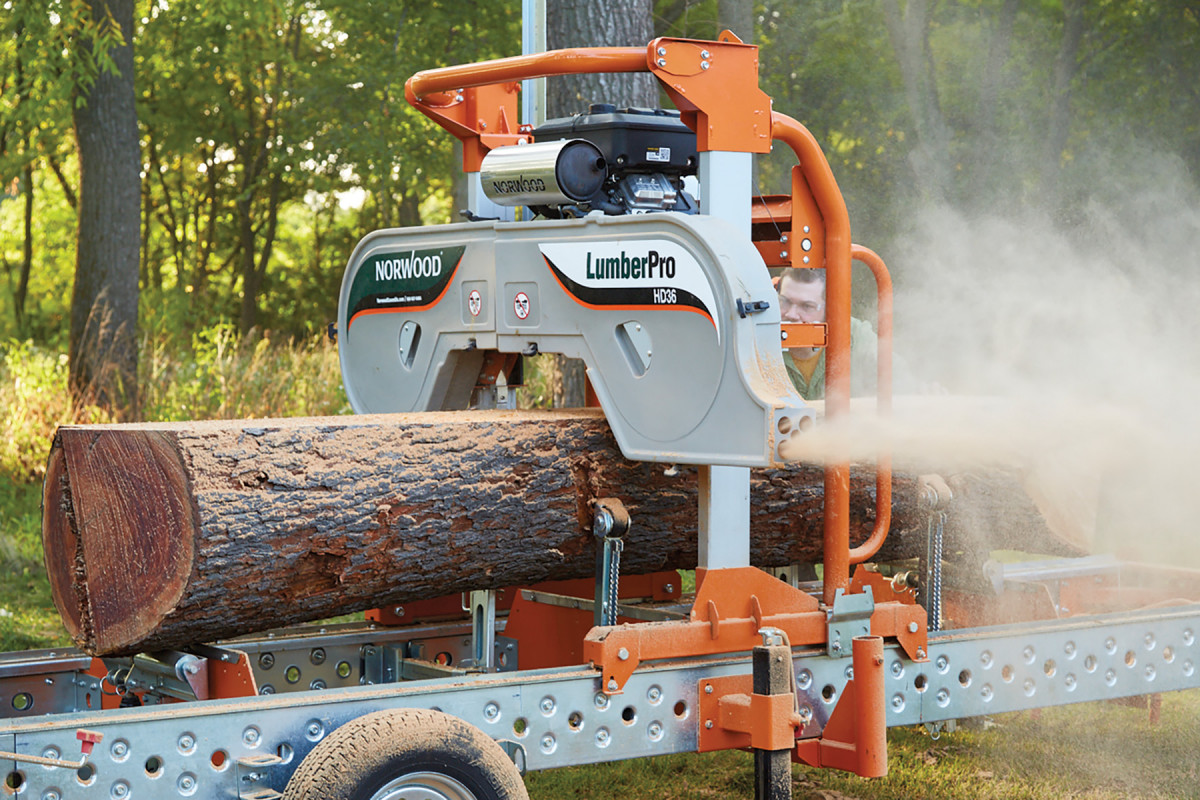Have you ever wondered how products from trees make it to the local lumber yard or your doorstep? Here is a wood supply chain that shows the steps with some explanation about each step.
Where do the trees come from?
- US Forestland: 33% of the US land area is woods. Of this wooded acreage, 60% is privately owned and 40% is public land.
- Eastern US woods: roughly 75% private, 25% public
- Western US woods: roughly 33% private, 66% public
- New York State: 60% forested, 75% privately-owned, 25% public land
What goes into getting the wood resource to a mill or log yard?
- Timber sales
- are sold directly by a landowner to a
- logger – they cut the trees and haul them out of the woods
- sawmill – they process the wood
- or broker – middle person that buys the logs and resells them
- are managed by a forester, who
- marks the trees to be cut
- sets up a prospectus of what is to be sold
- bids out or arranges sale of the trees to potential loggers, sawmills and brokers.
- oversees the harvest
- are sold directly by a landowner to a
- Loggers/Timber Harvest – loggers cut the trees and haul them to a landing where they are cut into logs or chipped.

- Transportation – from the log landing area, the logs or chips are loaded onto trucks and hauled to a mill or broker’s yard.
What happens to the land where the trees were harvested?
- Reforestation –
- If woods are partially thinned, then they don’t need to be reforested right away as the trees that are left will grow and fill in the area where trees where cut. Much of the Northeast US is managed this way.
- In the Western US, some woods will naturally seed in, but woods are also replanted with new trees.
-

- In the Southeast US, woods will naturally seed in but are usually replanted with southern pines.
- In the Northeast US, woods will naturally seed in but are occasionally planted.
What products come from the harvested trees? As you go down the list, each item involves more processing to create a product.
- Firewood – is sourced from low-quality trees or the tops of cut trees.
- Biomass – is a chipped material that can be turned into wood pellets or burned for energy.
- Sawlogs – get cut into boards or timbers, which are kiln-dried and then used in construction: softwood logs for framing a house, hardwood logs to construct furniture or cabinets or trim. Some logs get used to make plywood or veneer (thin slices of decorative wood).

- Pulpwood – is sourced from lower-quality trees or parts of trees. Pulpwood is used to make paper, packaging or oriented strand board (4 x 8’ sheets).
- Byproducts and secondary manufacturing – can produce many products that we may not think of being made from wood, such as clothing, medications, chemicals and fuels.
For a more complete list of secondary products, check out the blog: Wood does what?






